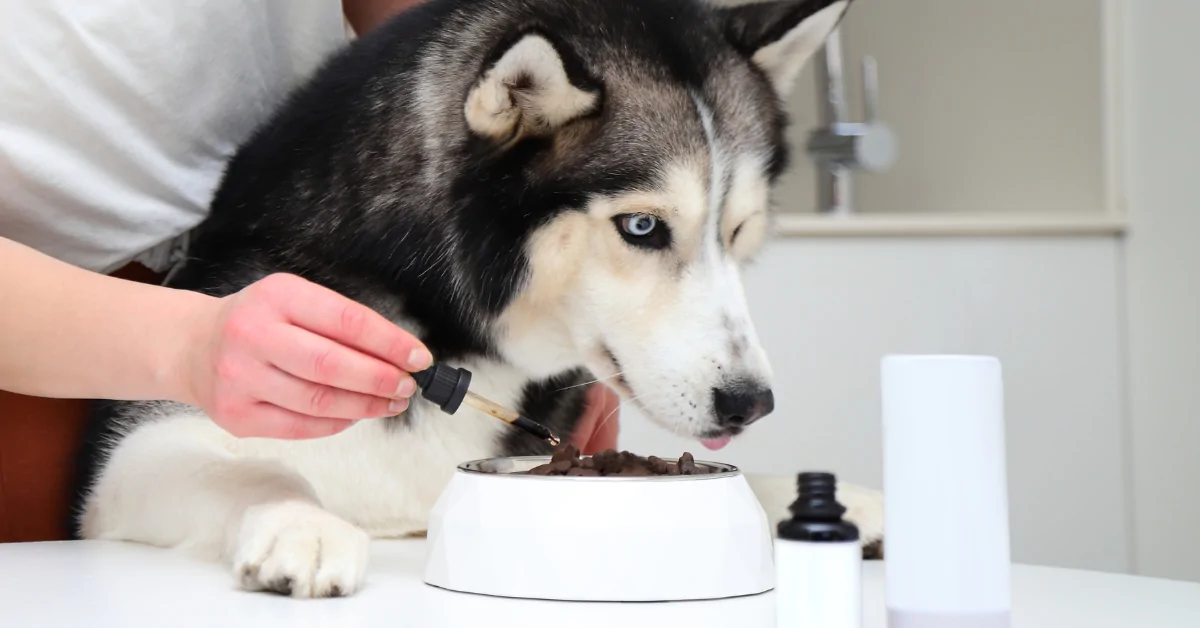There’s the old saying that “An apple a day keeps the doctor away”. But, what about vets? If you’re munching on a delicious, crunchy apple and hear the familiar whine of your furry best-friend trying to haggle for a bite, should you give them a piece?
Or is it best to go fetch something else for them to eat?
Are Apples Safe for Dogs?

Apples have a moderate dose of vitamins A, C, and K, as well as a high fiber content, allowing them to be served as a healthy snack for dogs. Additionally, apples are low in protein and fat, making them a great supplement for dogs who have restrictive diets.
Besides their nutrient content, apples also make an ideal snack for senior dogs. This is due to their high concentration of antioxidants which reduce the symptoms of joint disease. Apples can also improve a dogs’ dental health and breath.
How Much Apple Can I Give My Dog?

One should also remember: just because feeding apples to a dog is okay does not necessarily mean feeding apple-flavored food to them is, too. Apple-flavored foods often have higher concentrations of sugars, artificial flavors, and preservatives in them. Make sure to read labels to screen for potentially toxic or harmful ingredients.
Like with most foods, there’s always a risk that your dog may be allergic. If your dog is allergic to apples, feeding them apples may lead to the onset of all sorts of nasty symptoms including hot spots, ear infections, or skin infections. If your dog’s allergy is serious enough, an allergic reaction can lead to anaphylaxis, a potentially fatal condition.
How Should You Serve Apples to Dogs?
F
Once the apple has been destemmed and cored, chop it up into bite-sized slices. These can be any shape you like, so long as they are small enough to not present a choking hazard. Once the apple has been cut up, there are a variety of potential serving methods.
One method of serving can involve mashing it up into a homemade applesauce that they can lap up. Another involves freezing thin slices for between 30 and 45 minutes and serving them to your dog as treats. You can also mix apples directly into your dog’s food once in a while for a sweet addition into their daily routine.
If your dog develops any of the complications associated with food allergy-driven hotspots or yeast or skin infections, go to our dog page to learn more about our no-odor, non-toxic, fast-acting treatment solutions!
Share this Post
Featured Post
Recent Posts

Managing the Mamas –Part 2 –The development process

Managing the Mamas: Part 1 – Preparing to Breed Your Mare

HOW MANY TOES?? Caring for the Polydactyl Cat

Do Dog Joint Supplements Actually Work?

Are Laser Pointers Bad for Cats? or, are they Purr-e Fun?



